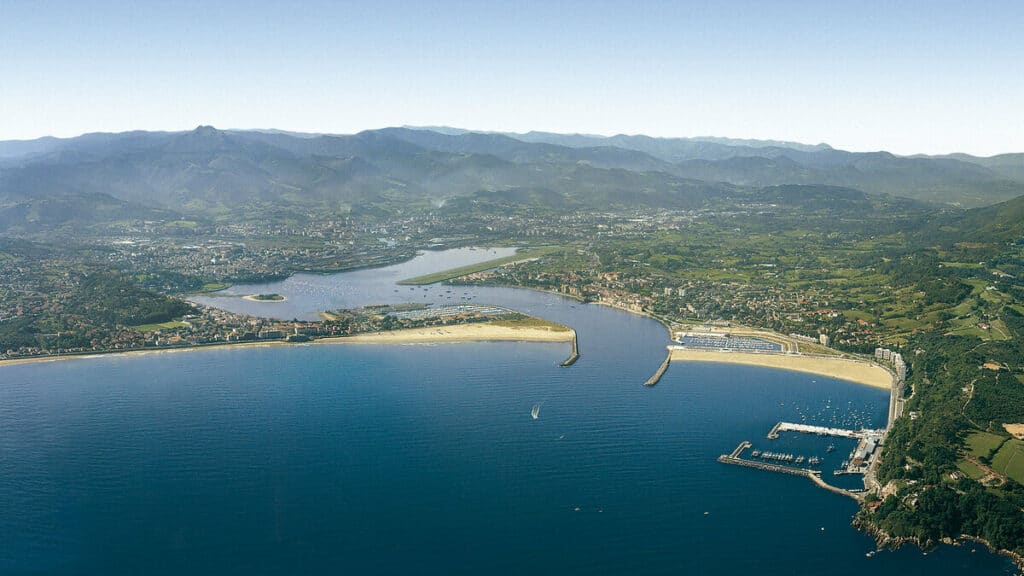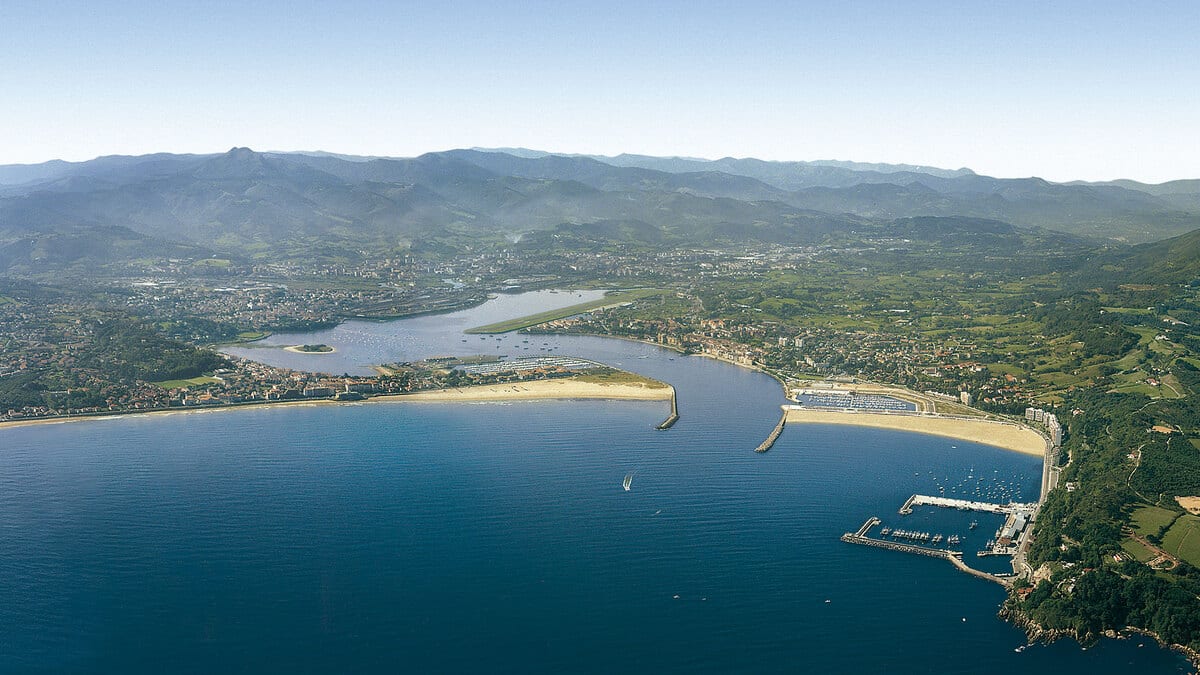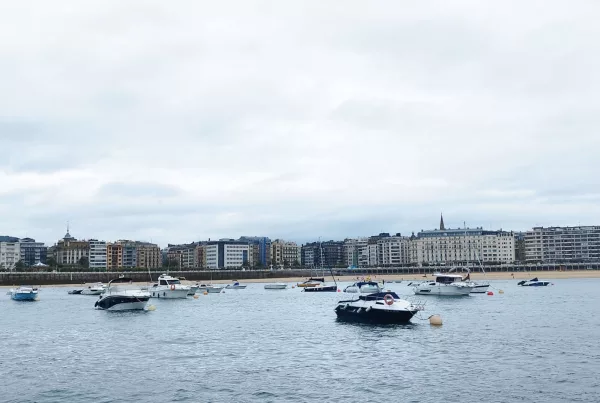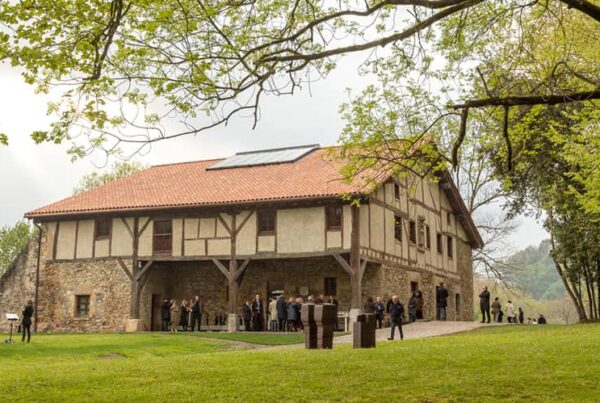In the morning mist of Txingudi Bay, where the horizon merges with echoes of the past, a place emerges that invites time to stand still: the ancient Roman port of Oiasso. Nestled in today’s city of Irún, in the heart of the Basque Coast, this millennia-old site is more than just an archaeological site—it is a portal to a way of life where the sea was the road, and the elegance of Rome left its mark on northern Spain.
For centuries, the existence of Oiasso was a historical intuition. Only in the late 20th century, thanks to careful excavations and meticulous study of ancient remains, was it confirmed what ancient texts had already suggested: that here, where the fresh waters of the Bidasoa River embrace the Cantabrian Sea, stood one of the most important Roman ports in Hispania.
But Oiasso was not merely a loading dock. It was a vibrant Roman coastal town, connected with Burdigala (Bordeaux), with the interior mines and the Roman trade routes of the empire. Through its docks passed metals, ceramics, salted fish, perfumes—and dreams of civilization. Today, its port lies hidden beneath centuries of sedimented history, still beating beneath the stones of Irún and the waters of the bay.
An Ancient Landscape Whispering Stories
Today, the beauty of Oiasso lies not only in the findings of the Oiasso Roman Museum—where amphorae, coins, domestic utensils, and remnants of the port are preserved—but in its expanded archaeological landscape. To understand its grandeur, one must look beyond the museum and let the surroundings speak.
Txingudi Bay, with its shifting reflections, offers one of the most privileged views along the Basque Coast. Sailing through Roman history in Spain is more than a tour: it is a sensory journey into a submerged past, an intimate dialogue with the paths once taken by Roman navigators over two thousand years ago.
The cliffs of La Corniche, winding towards Saint-Jean-de-Luz in France, unfold a natural backdrop where time seems suspended. From the sea, these rocky walls reveal shapes that remain invisible from land: a geological theatre that has accompanied human history from its very edges.

The Legacy of Rome, The Art of Contemplation
Exploring the ancient Roman port of Oiasso is a reconnection with a lifestyle. The Romans in northern Spain did more than trade—they cultivated a taste for subtle luxury, for balance between utility and beauty, for connection with nature and culture. That spirit still lives on in the way we access this place today, not as tourists who consume, but as travelers who feel.
Where to see Roman ruins in the Basque Country is not just a question—it’s an invitation. History is not only learned—it is breathed. And from the deck of a silent sailboat, with the wind as the only sound, it reveals itself with a power no book can match.
Spirit Experiences: A Journey of the Senses
At Spirit Experiences, we believe that knowing history also means inhabiting it—living it from a unique perspective that unites knowledge with the pleasure of the senses. That’s why we’ve designed an exclusive offer: a boat tour to the ancient Roman port of Oiasso, exploring the natural scenery that once surrounded this historic jewel.
This journey is part of our luxury sailing experiences in San Sebastian and Basque Coast, designed for those who seek more than a destination—an emotion, an unrepeatable moment. Discover with us the landscapes hidden from land, explore the Roman trade routes that once united cultures through the sea, and contemplate the cliffs of La Corniche, where the land opens to mystery.We invite you to feel history from the elegant silence of a sailboat, to let yourself be guided by the murmur of the waves and the stories of the past. Enjoy the privilege of a luxury sailing with cultural storytelling. Live Spirit Experiences.







